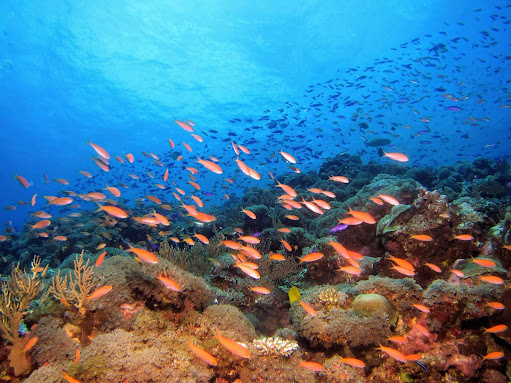Smart Cities Must Be Sustainable

Most of the world’s population has started moving towards cities because of the greater availability of all the necessary resources and better employment opportunities. Due to this, many cities are getting overcrowded leading to the huge amount of waste, greenhouse gas emission. UN DESA notes that by 2050 around 68% of the global population will reside in urban areas, leading to growing concerns around developing smart and sustainable cities. Smart cities have the potential to generate economic benefit worth $20 trillion by 2026 , leading to 3 priority areas arising to transform urban infrastructure Enabling technology in building and construction Decarbonising the building and construction sector is crucial to achieving sustainable cities. Commercial buildings account for 20% of energy usage (30% of which is wasted). Smart technologies like digital twins, matching energy occupancy with usage, dynamic power consumption and seasonal thermal energy sto...





